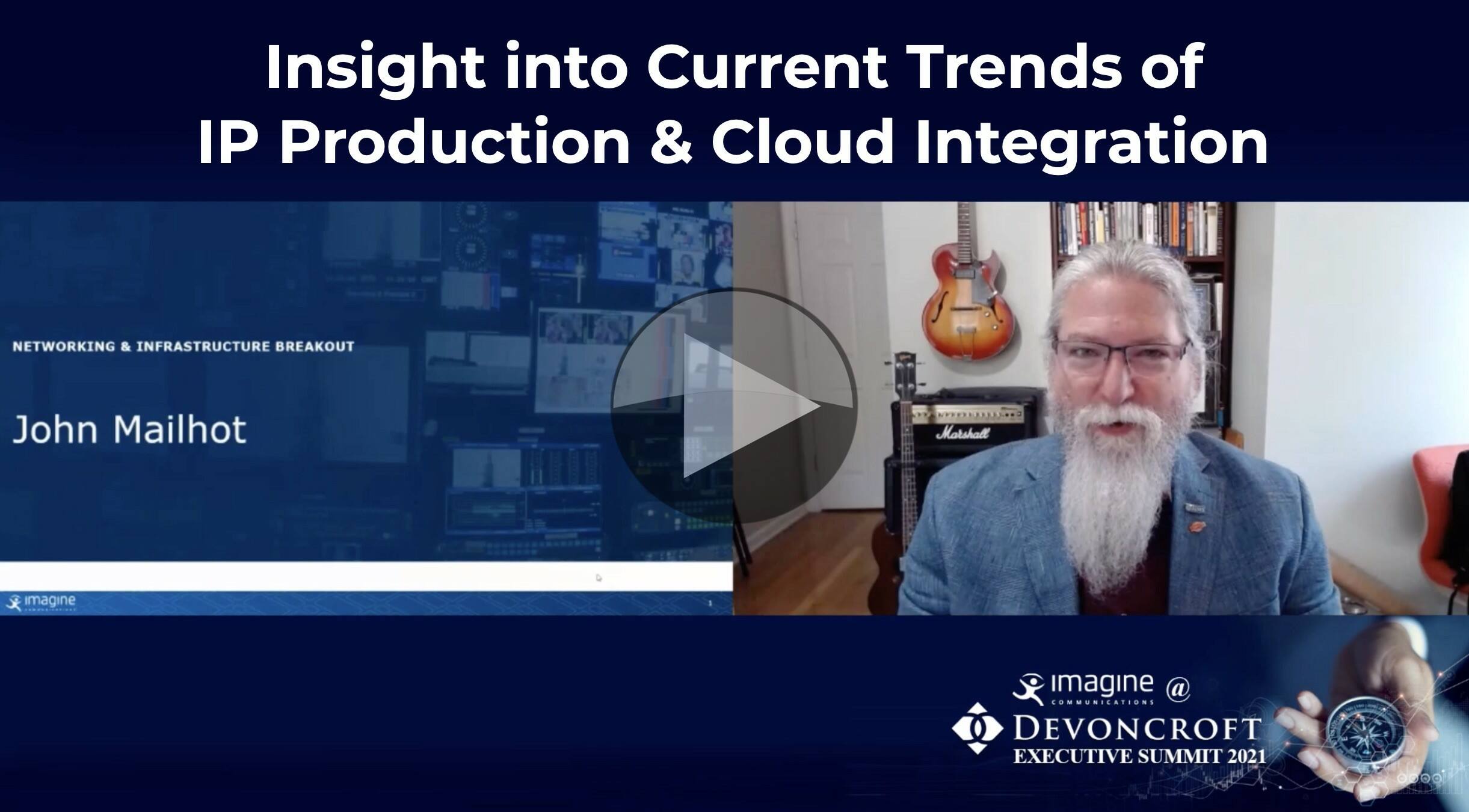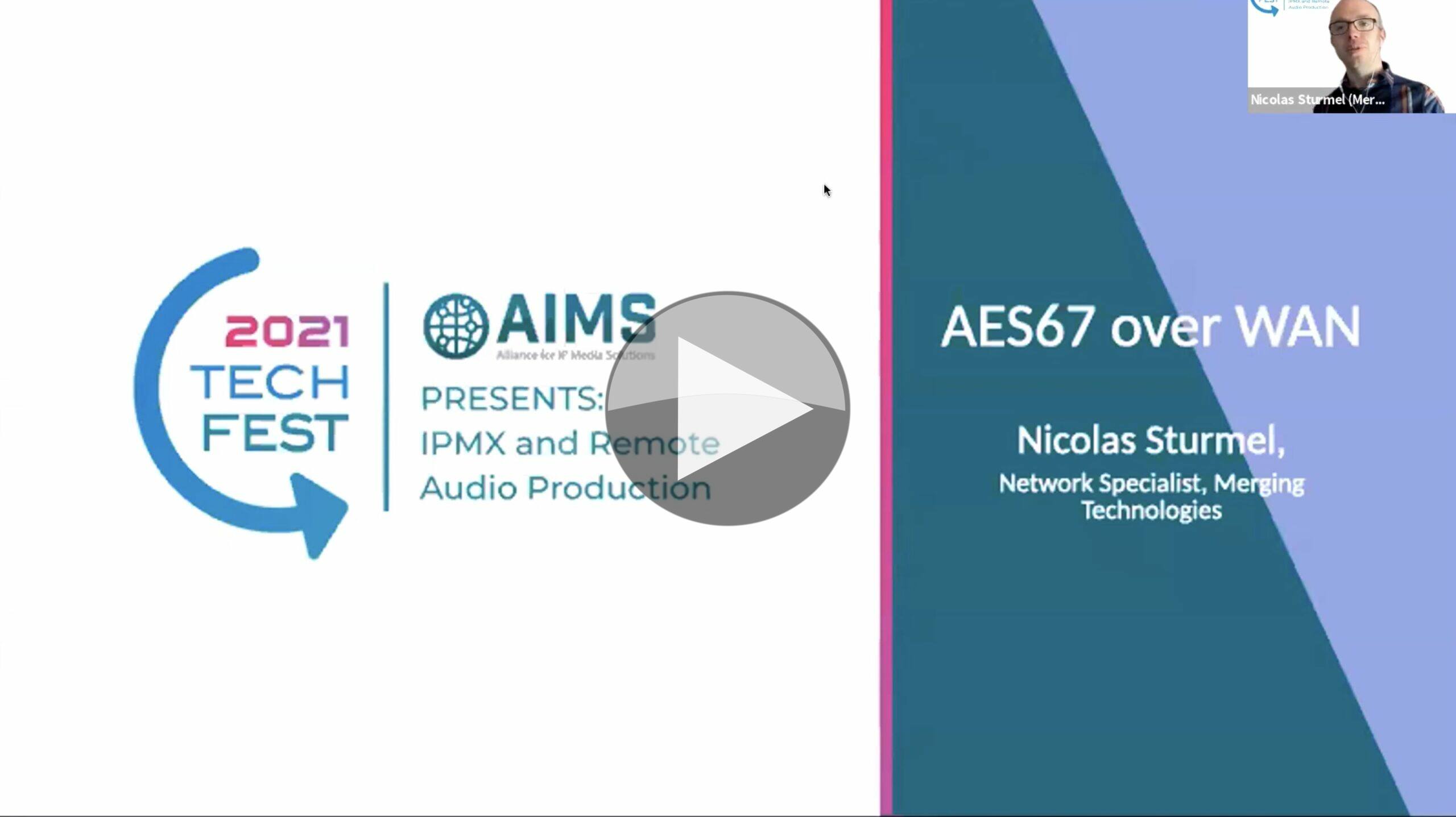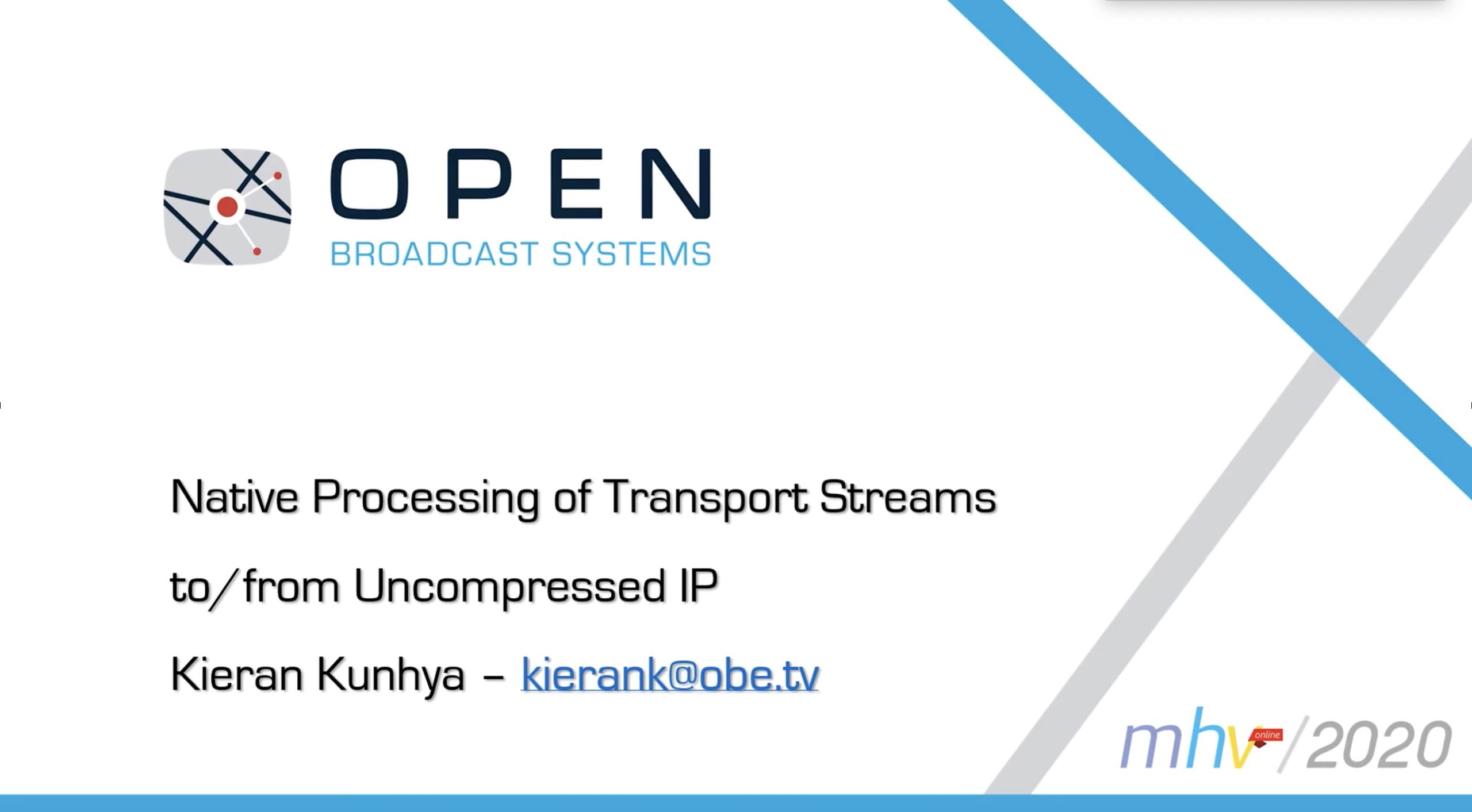A lot of our time on this website is devoted to understanding the changes we are going through now, but we don’t adopt technology for the sake of it. Where’s this leading and what work is going on now to forge our path? Whilst SMPTE ST 2110 and the associated specifications aren’t yet a mature technology in that sense SDI, we’re past the early adopter phase and we can see which of the industry’s needs aren’t yet met.
Andy Rayner from Nevion is here to help us navigate the current technology space and understand the future he and Nevion envision. The beginning of the video shows the big change in process from the workflows of the 90s where the TV station moved to sports events to now where we bring the event to the broadcaster in the form of a light connectivity truck turning up and deploying cameras at the event leaving most people either at home or back at base doing the production there. Andy has been involved in a number of implementations enabling this such as at Discovery’s Eurosport where the media processing is done in two locations separate from the production rooms around Europe.
Generalising around the Discovery case study, Andy shows a vision of how many companys will evolve their workflows which includes using 5G, public and private clouds as appropriate and including control surfaces being at home. To get there, Andy lays out the work within AMWA and SMPTE creating the specifications and standards that we need. He then shows how the increasing use of IT in live production, the already IT-based NLE workflows are able to integrate much better.
Looking to the future, Andy explains the work ongoing to specify a standard way of getting video into and out of the cloud including specifying a way of carrying 2110 on the WAN, helping RIST and formalising the use of JPEG XS. Andy anticipates a more standardised future where a best of breed system is possible down to individual logical components like ‘video keyer’ and ‘logo insertion’ could be done by separate software but which seamlessly integrate. Lastly, Andy promises us that work is underway to improve timing within 2110 and 2110-associated workflows.
Watch now!
Speaker
 |
Andy Rayner Chief Technologist Nevion |








